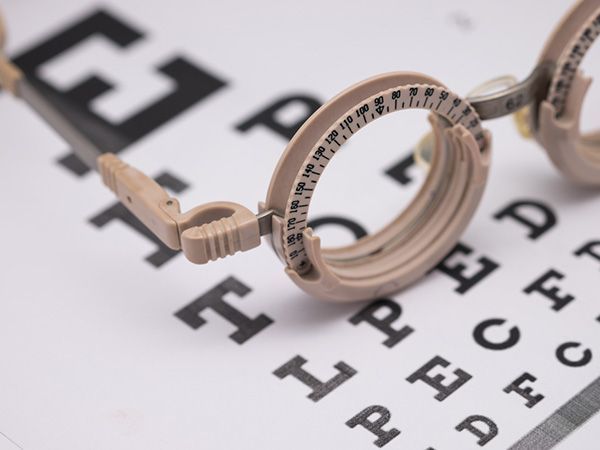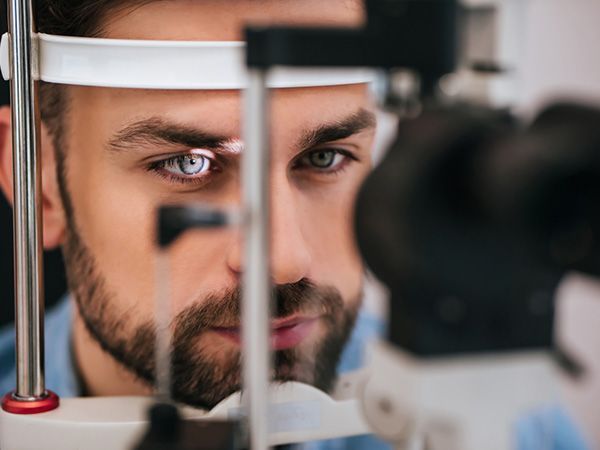What makes a spectacle lens unique? And why does it take multiple days to make them?
Lens Material: Spectacle lenses can be made from various materials, each with unique properties. Common materials include plastic (CR-39), polycarbonate, high-index plastic, and glass. The choice of material depends on factors like thickness, weight, and impact resistance.
Lens Design: The shape and thickness of the lens are carefully calculated to ensure that light entering your eye is focused correctly. Modern lens designs minimize distortions and provide a wider field of clear vision.
Why does this matter?
If a lens is too big for a certain prescription you can get “barrel” or “pincushion” distortion.
Our opticians help eliminate distortion

Lens Coatings: Many lenses come with special coatings to enhance their performance. These coatings can include anti-reflective coatings to reduce glare, scratch-resistant coatings to protect against scratches, and UV coatings to block harmful ultraviolet rays.

Bifocals and Progressive Lenses: For those with both near and distance vision issues, bifocal or progressive lenses are designed with two or more prescription powers in a single lens. Bifocals have a visible line separating the two powers, while progressive lenses have a seamless transition.
Tints and Transitions: Lenses can be tinted to reduce glare from the sun or blue light from digital screens. Transition lenses darken when exposed to UV light and clear up indoors, eliminating the need for separate prescription sunglasses.
Polarized Lenses: These lenses reduce glare from surfaces like water, making them popular for outdoor activities and driving.
Imagine looking out a window with blinds. The blinds help block light coming in from above and below. This helps decrease glare and other stray light rays which can be distracting.
Photochromic Lenses: These lenses automatically adjust their darkness level in response to changing light conditions, providing comfort in varying environments.
Impact Resistance: Certain materials, like Trivex, offer superior impact resistance, making them a safer choice for sports and active lifestyles.
Thin and Lightweight Options: High-index lenses are thinner and lighter than traditional lenses, making them more comfortable and cosmetically appealing, especially for stronger prescriptions.




